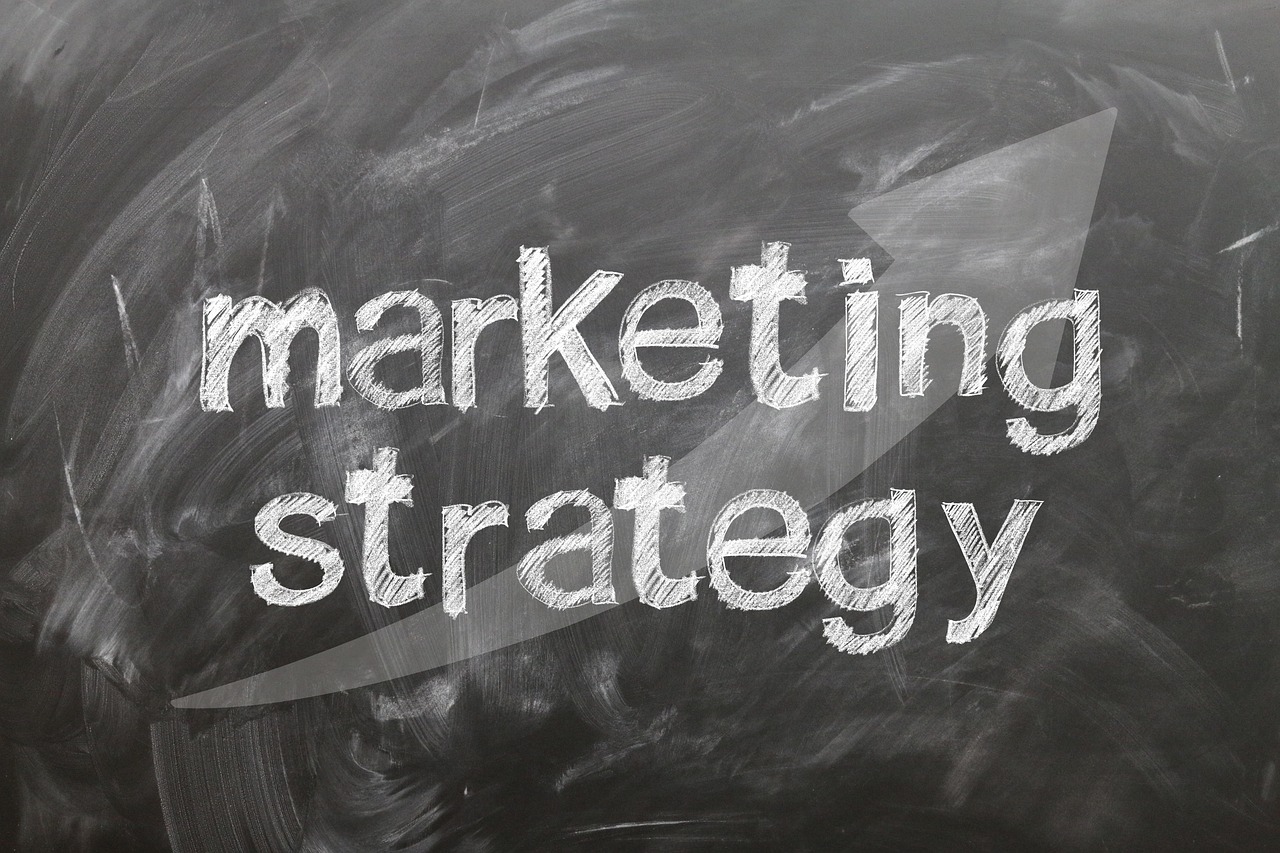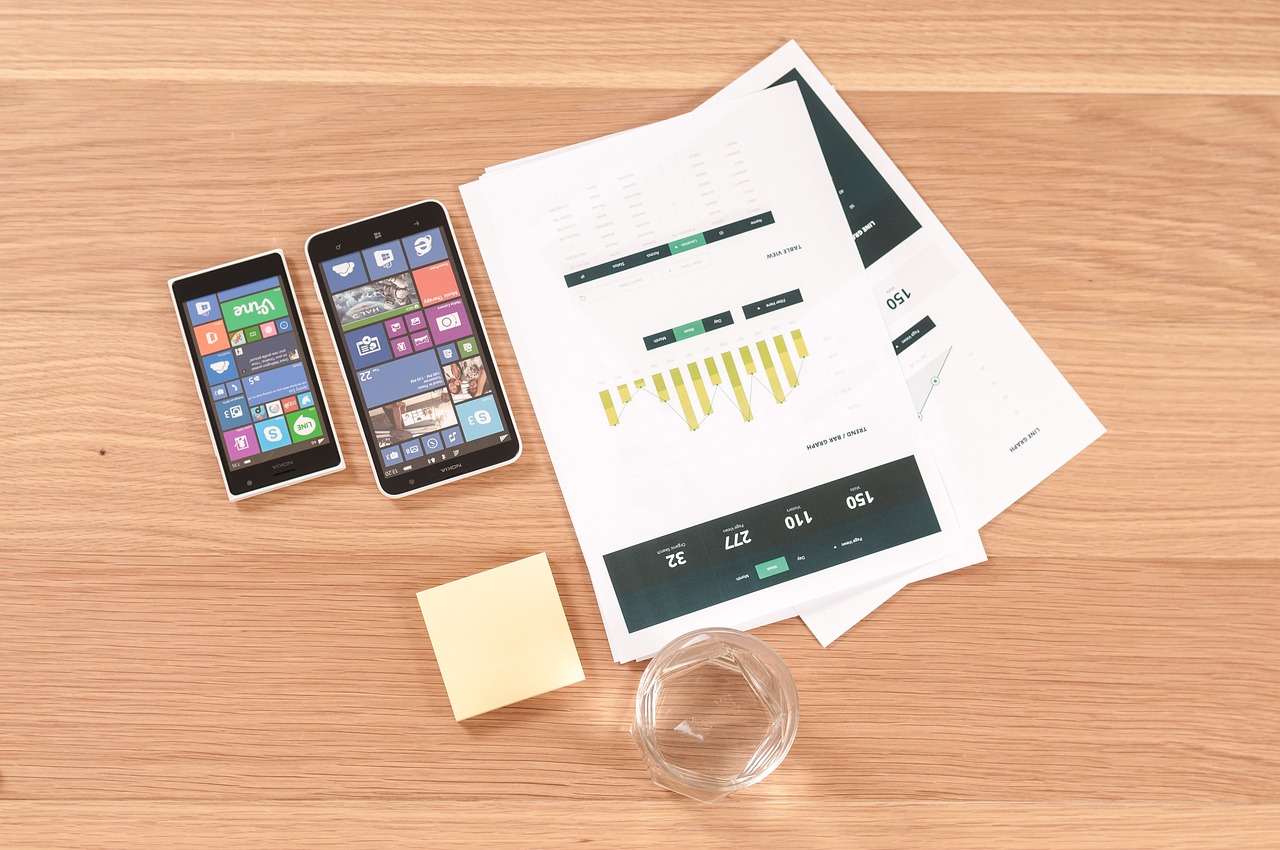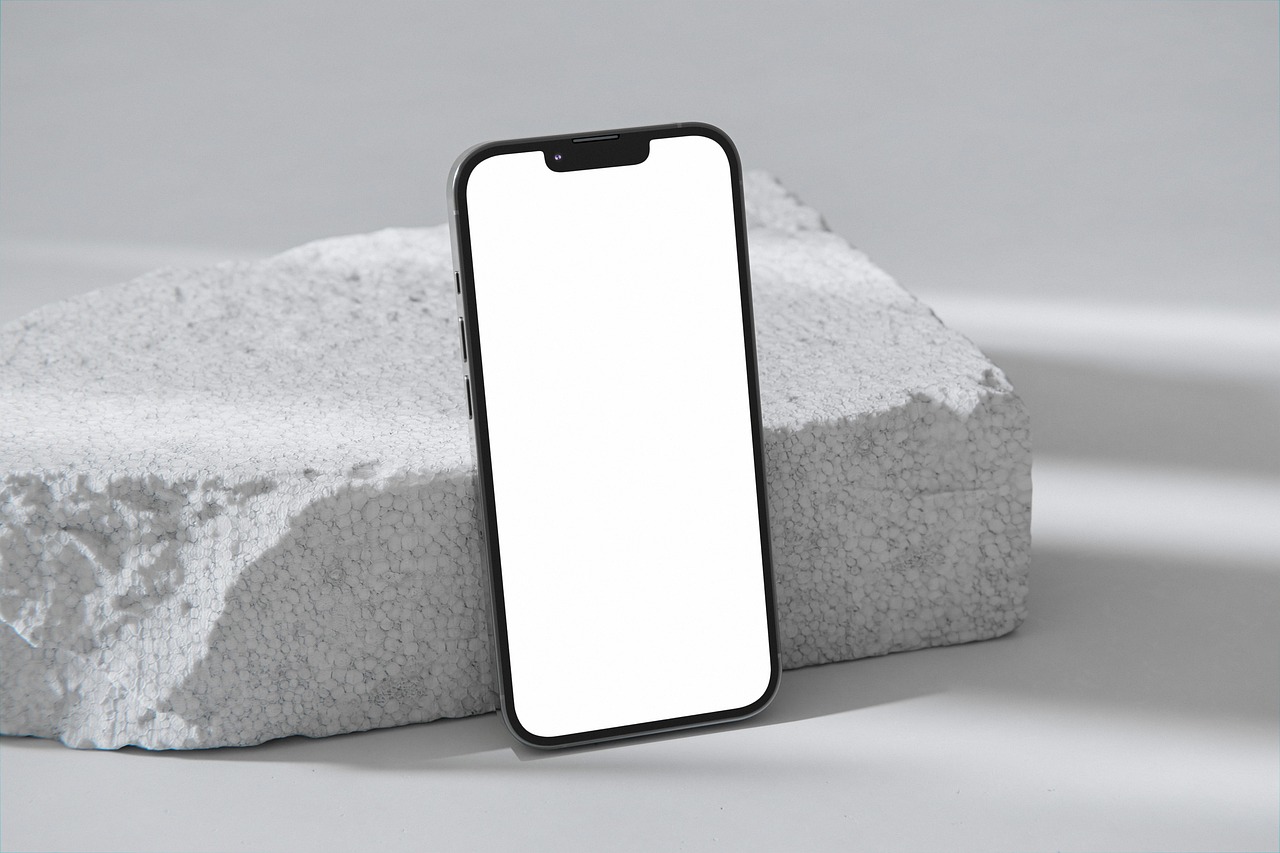When most people think about marketing assets, their minds go straight to the usual suspects. Ad campaigns, websites, slick social media content. But here’s a little secret that creative agencies across the UK are catching on to: your most underused, overlooked, and ridiculously potent marketing tool might be sitting right under your nose.
It’s not your Instagram grid.
It’s not your brand film.
It’s your internal communications.
Yep. The way you talk to your team might just be the missing link between your brand’s intentions and its reality. And no, we’re not talking about drab HR updates or passive-aggressive office memos. We’re talking smart, well-designed, on-brand internal messaging that actually gets people excited to represent the company they work for.
Why Internal Comms Are More Than Just “Nice to Have”
Let’s call it what it is: internal comms often get shoved to the end of the priority list. I’ve worked in agencies where the client-facing brand experience was slick and award-worthy, but step inside the office and the vibe felt disjointed. Clunky intranet pages, outdated training decks, and tone-deaf leadership emails that made you wince. Sound familiar?
Here’s the kicker: when employees aren’t aligned with the brand they’re supposed to represent, how can they possibly be enthusiastic advocates for it?
When internal comms are treated with the same level of creative energy as public-facing content, something magical happens. Morale improves. Culture deepens. People stop seeing their job as “just work” and start seeing themselves as part of a story. That’s what drives retention, productivity, and better customer experiences. And it makes every penny you spend on external marketing way more effective.
Good Design Isn’t Just for the Outside World
Let’s talk design for a second. You’d never greenlight a client campaign with clunky fonts, pixelated graphics, and zero visual hierarchy… so why are so many internal newsletters still stuck in 2009?
UK agencies are shaking things up by putting proper design thinking efforts into employee platforms. Think responsive newsletters that actually get opened, portals that reflect the brand’s personality, and internal campaigns that look just as slick as anything running on LinkedIn.
I’ve seen firsthand how this shift can make a difference. One mid-sized creative agency in Manchester I worked with completely overhauled their internal culture campaign. They ditched the corporate boilerplate and replaced it with witty, visually engaging digital posters on office screens, candid video messages from leadership, and a monthly staff zine (yes, a zine!). Engagement rates doubled. New hires said they felt part of the team straight off the bat. The HR director said it was the first campaign that didn’t feel like it had come “from a distant planet.”
Content That Connects (Seriously, Leave the Jargon Behind)
If your internal communication sounds like an AI-written manual, it probably isn’t hitting. People don’t connect with corporate-speak. They connect with honesty, shared values, and a sprinkle of personality.
Content strategy doesn’t stop at your blog or social feed. It should reach the heart of your organisation. Your team. That means creating material that resonates, in tone and substance. Celebrating team wins with the same hype you’d give a product launch. Launching internal podcast episodes featuring real employee stories. Pop quizzes on brand history. Slack polls that are actually fun.
When BrewDog rebranded their internal onboarding content to mirror their irreverent public voice, their Glassdoor reviews improved. Real story. And it’s no coincidence. Consistency isn’t a marketing buzzword. It’s a cultural tool.
Case Examples That Actually Prove the Point
A few standouts from the UK scene come to mind:
-
Innocent Drinks: Their internal email newsletter? A gem. It’s packed with the same cheeky tone and visual identity you’d expect from their packaging. Employees say it’s often the best part of their week.
-
Channel 4: Their internal campaigns mirror their bold external branding. When launching a diversity and inclusion series, they rolled out an in-house mini docuseries. Staff response? Over 90% watched at least one episode voluntarily.
-
Monzo: Their onboarding experience is an extension of their brand. Transparent, smart, and surprisingly human. Toolkits include transparent company metrics, and even Slack bots reflect their ethos.
This isn’t just “nice culture stuff” for show. It translates directly to higher performance, better employer brand reputation, and fewer headaches when it comes to recruitment and retention.
Aligning Internal With External Strategy
This might be the most important part: your internal and external brand identities should never feel like cousins. They should be twins. Or at least siblings.
Treating internal content as design-led, strategically crafted communication gives your whole brand a stronger spine. Agencies that weave both sides together. From the billboard to the employee portal. Are unlocking a new level of brand identity consistency.
Creative agencies across the UK are now offering full-service internal branding strategies. Not because it’s trendy, but because it works. We’ve worked with clients where an internal brand refresh complemented a public rebrand so well, it was hard to tell if the excitement was coming more from customers or employees. When the people behind the brand get just as hyped about the message as the people buying from it, that’s when the magic really kicks in.
So… Why Aren’t More Companies Doing This?
Honestly? Because they’re too busy chasing external metrics. It’s easy to forget that your happiest, most informed employees are literally walking, talking brand ambassadors.
If you take the time to nurture how they engage with your brand each day. From tools they use to the tone they hear from leadership. You’re no longer just building a marketing playbook. You’re building a custom creative strategy that actually lives and breathes through your people.
And that’s the kind of marketing money can’t buy.
Frequently Asked Questions
What exactly is internal branding?
Internal branding is about ensuring that employees understand, believe in, and embody the brand’s mission, values, and voice. It includes everything from onboarding materials and intranet design, to leadership comms and internal campaigns.
Can internal communications really impact external brand perception?
Absolutely. Research from Gallup (2023) shows that companies with high internal engagement see better customer satisfaction. When staff are aligned with the brand, customers can feel it through every touchpoint. From service calls to social media interactions.
Are agencies really offering internal comms services now?
Yes, and it’s on the rise. UK agencies like SomeOne, Wolff Olins, and Ragged Edge have delivered internal branding and culture strategy for high-profile organisations. It’s no longer an afterthought. It’s part of the package.
How can I start improving internal communications without a big budget?
Start small. Audit your current channels. Email, Slack, internal portals. Is the tone right? Is the content engaging? Then tweak. Even shifting your internal tone from formal to friendly can make a big difference. And always ask your team for feedback.
What tools or platforms work best for internal content?
It depends on your team’s size and culture, but platforms like Slack, Notion, and HiBob allow for creative, interactive content. For visuals, Canva and Figma make designing beautiful internal comms accessible. Even without an in-house designer.






